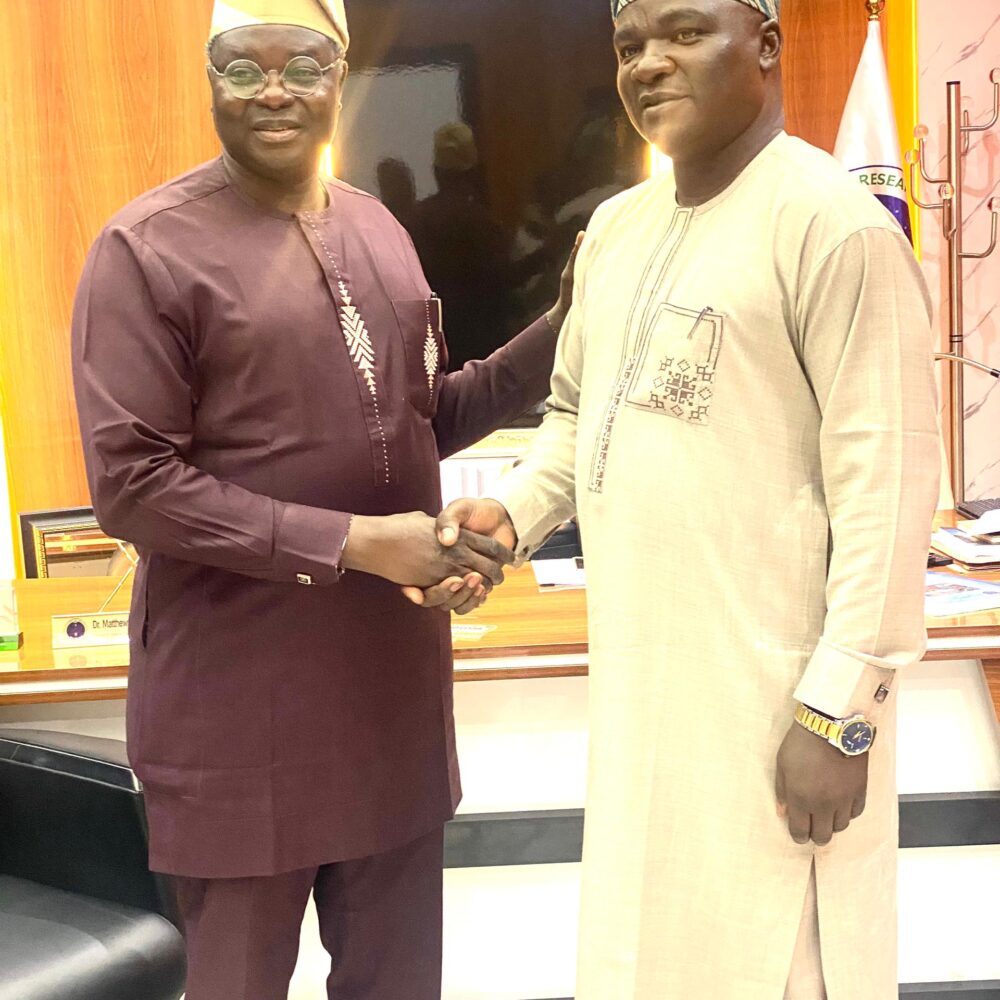As the media landscape continues to change, so does the way in which journalists and civil society organizations interact. Cross-field collaborations, in which journalists work alongside nonprofits and civil society organizations, are fast becoming a new approach to tell impactful stories.
“Some of the most important and impactful investigative journalism, as well as advocacy campaigns, are now coming out of cross-field collaborations,” said Sarah Stonbely, research director at the Center for Cooperative Media in Montclair State University, and the co-author of a research paper on 155 cross-field collaborations.
During a recent ICFJ Global Crisis Reporting Forum webinar entitled “How and Why Journalists and Civil Society Organizations Work Together,” Aliza Appelbaum, ICFJ Senior Program Director, spoke with Stonbely and journalists Monturayo Alaka and Pankaj Mishra to provide insights about the impact of cross-field collaborations.
To understand how and why these collaborations happen, it is important to point out what motivates journalism organizations in the first place:
Driving engagement and impact
Newsrooms are looking for innovative ways to disseminate stories, attract larger audiences and have greater impacts, and collaborating with civil society organizations can make this possible.
“Advocacy groups can take your work to the streets — take it to the community,” said Motunrayo Alaka, executive director and CEO of the Wole Soyinka Centre for Investigative Journalism in Lagos, Nigeria.
Civil society organizations can help media outlets find assistance in terms of workload. They can also help newsrooms advance their skills and knowledge on specific topics, such as electronic waste in India and oil extraction in the Niger Delta region.
“When you partner with others, you can break [the information] down in ways people will understand so that we can activate their participation and they can own the stories,” added Alaka.
Well-reported journalistic projects call for an increased desire for impact. Journalists want to see and know that the work they are doing is making a difference.
More than focusing on metrics and producing mainstream stories, journalists are wondering, “How many of them are actually reaching to the grassroots?” said Pankaj Mishra, co-founder of Factor Daily.
According to the panel, an article’s impact can be seen not only through metrics but also by it being translated into different languages, transformed into interactive videos, songs, and street plays, and integrated into public policies.
Challenges to cross-field collaboration
Cross-field collaborations come with challenges, such as ensuring that stories keep a journalistic rather than advocacy lens. It’s important for journalists to research organizations before making a decision on whether and how to collaborate with them, advised Mishra.
Mishra also pointed out that content creators on platforms such as YouTube are good groups to work with, as they allow journalists to reach niche communities. These influencers can serve as a bridge to generate interest and impact among specific groups, especially young demographics.
Though no one collaboration looks like another, Stonbely recommended clarifying the role of each organization in every journalism or research project: be transparent about what each side expects to get out of it, including knowledge, attributions, money and reach; discuss the future impact and risks it may cause.
Writing proposals and having informational sessions with the civil social organizations can help set a common ground and avoid fatigue, Alaka added. That way, journalists can also listen to the problems the community faces and discover underreported stories.
Deciding to work with civil society organizations can help journalists have easier access to communities and collaborate to close knowledge gaps. But the tension between neutrality or objectivity and advocacy is real.
“Journalists can be friends with many,” Alaka said. “But journalists cannot be embedded with any.”
While advocacy groups’ work involves mobilizing people and making calls for change, journalists’ way of protesting is reporting fairly on the matters that affect society.
Journalism is not the same as advocacy, emphasized Alaka, but it is not entirely impartial either. “Journalism is not a totally objective profession. It is biased to truth. It’s biased to justice. It is biased to human rights.”
ICFJ





